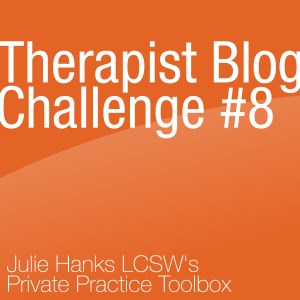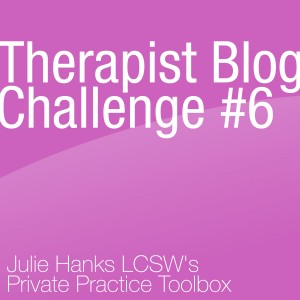Let the season of the year inspire a blog topic for therapist blog challenge #8
It's summertime (at least in the U.S.)! But no matter what time of year, you can use the season as a springboard for a blog post topic.
Start by writing down words that you associate with summer (or whatever season you are reading this post). Here's my list: water, sun, relax, BBQ, celebrate, "I'm bored", keeping kids learning, camp, fruit, family gatherings, swim...
Come up with a topic based on your brainstorm list or pick on of these suggested summer topics :
- Summertime survival skills for parents
- Relaxation skills
- Curing summer boredom
- Surviving family gatherings
- Summer depression (SAD)
- How to keep your cool when irritated
- Reflections on what freedom means to you
- Body acceptance during swimsuit season
- Free summer date night ideas for couples
- Preparing kids for summer camp
Additional reminders about the 2013 blog challenge
- Write and post your blog article in the next 2 weeks. If you miss the deadline or you read this article months later, that’s OK too.
- Post a link for this blog challenge in the comment section of this blog post.
- Read, comment, and share other therapist’s articles.
- Tweet your post using hashtag #therapistblog and tag @julie_hanks so I can retweet it.
- Pin it on the challenge Pinterest Board. I’ve invited everyone who posted a comment on the initial blog challenge post as collaborators so you can pin onto the group board.
- Spread the word and invite mental health colleagues to join the challenge. Articles can be added anytime throughout the year.
- Write no more than 600 words, make it easy to read, use a conversational tone, and gear your articles toward your ideal client (not other professionals).
- The goal of a professional blog is to provide value to your website visitors, help them get to know your professional perspective, increase traffic to your private practice website, and build your practice.






As healers, we genuinely like to do our work. Guiding clients through the therapy process and seeing them make progress is why we do what we do. But if you're in private practice, you know there's a lot going on in the back end and that it's crucial to run an efficient and organized business.